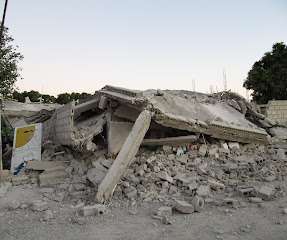Towards a Taxonomy of Disasters
Emergency Planning
JUNE 9, 2019
There is currently a move to extirpate the term 'natural disasters' on the grounds that disasters by definition are not natural events (UNDRR 2019, p. The next question is where to draw the boundaries in the study of disasters and practice of disaster risk reduction. For example, work by Marulana et al.











Let's personalize your content